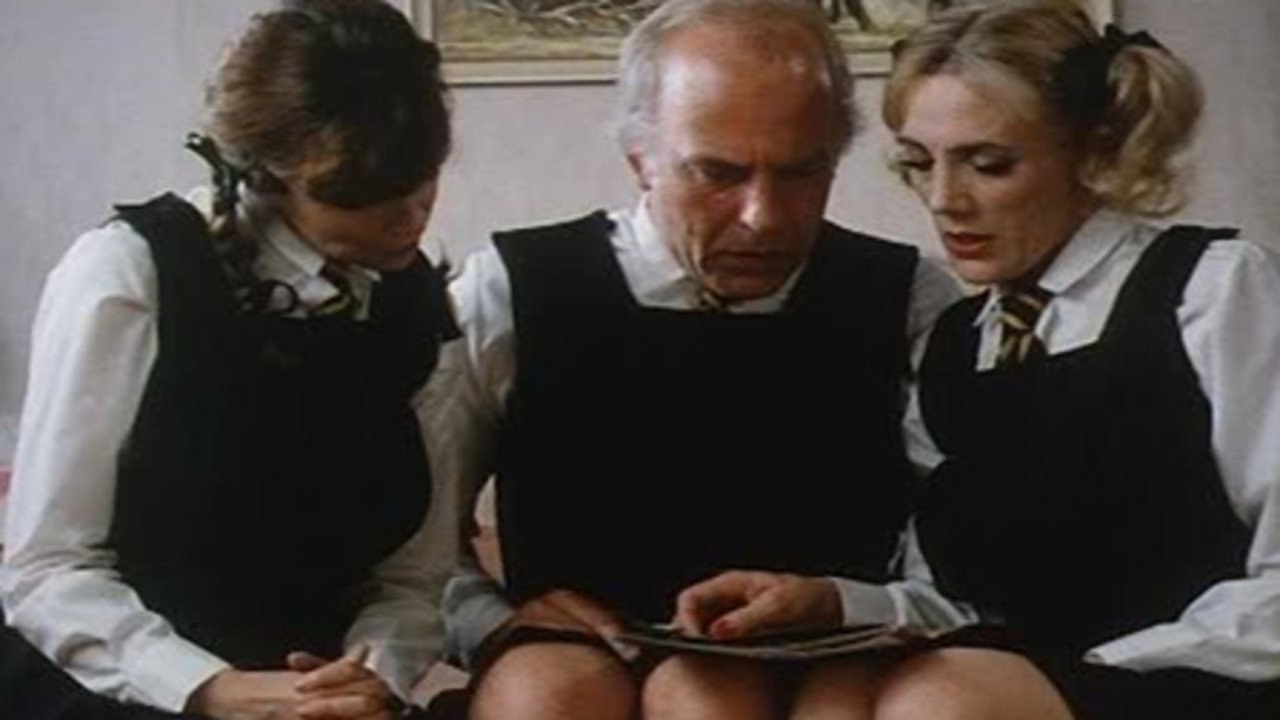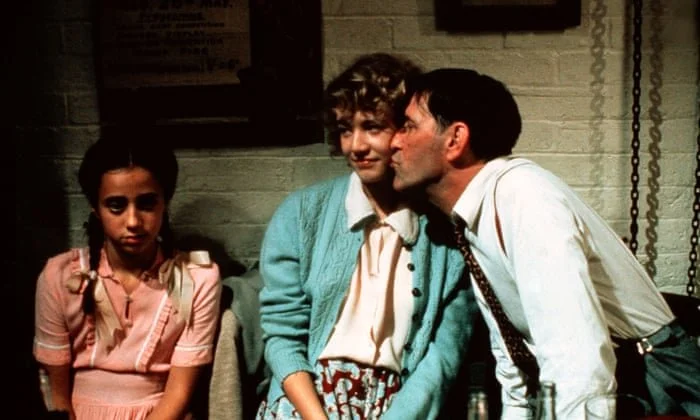Matt Olsen on Simultaneous Sequels – Personal Services (1987), directed by Terry Jones and Wish You Were Here (1987), directed by David Leland
In the spring of 1987, an interesting event happened in the world of British cinema which I don’t believe has any precedent or echo. Released within a few months of each other, Personal Services and Wish You Were Here, were led by a different set of directors and actors but the screenplays were both written by David Leland, and ‘loosely’ based on different periods of the same contemporary, real-world person’s life. There are countless examples of movie sequels, prequels, and biographies, of course, but seeing these two together provides a unique experience in observing the role of actor / director interpretation.
The subject of the films, Cynthia Payne, gained notoriety in the late 1970s after her arrest for running a brothel in southwest London. The story became a national scandal when it was revealed that her ‘sex party’ clientele included dozens of men who held titles and prestige in British society, including members of Parliament.
Personal Services was the first of the two films to be shown in theaters and centers itself around these events. Directed by Terry Jones and starring Julie Walters, the film begins with Cynthia Payne (unsubtly named here as Christine Painter) in palpably squalid settings: waiting tables in a sweaty diner and literally wrestling a tweaked-out sex worker for the rent. There are trace elements of Jones’ history with Monty Python, particularly in the way he portrays Payne’s upper-class clients as absolute buffoons, but there’s a humanism and empathy for Payne and her colleagues that feels very much like the opposite of irony. Walters gives Payne an individual resilience that both empowers and isolates her from the audience. Rooting for this character means that you both want her to succeed in the life she has chosen and, also, find a better path.
Both films juggle scenes of comedy and pathos. Personal Services probably leans a little more into the ‘fun’ aspects of Payne’s adult life but doesn’t ignore her self-destructive tendencies, which are very much the driver of Wish You Were Here. Set in a post-war seaside town, Wish explores the teenage years of Payne (here identified with the alias, Lynda Mansell). Emily Lloyd plays Payne with a level of radiant effervescence that is simply incredible to watch. The hunger for experience she displays places her right on the edge of feral. Stifled and headstrong is a volatile combination and results in her making choices fraught with difficulty, at least. The character is rabidly full of life and much more advanced than her years but, in those moments, I think it’d be impossible for any audience to not wish she had access to some kind of better guidance.
Wish was directed by the screenwriter of both films, David Leland, and in contrast to the nicely ragged edges in Terry Jones’ version, he emphasizes the beauty in the surrounding landscape and setting which further illuminates the Payne character’s volatility and the disagreeable characters she encounters. The grime is there, only under the surface.
Comparing the two films is inevitable, but I think they both succeed. Lloyd’s Payne is undeniably more exciting than Walters but that’s as it should be for a character separated by twenty years (more or less) and the burden of experience. The Cynthia Payne of Personal Services bears all the same trademarks of Wish You Were Here, they’re just not screaming out loud in the middle of the night anymore.
Matt Olsen is a largely unemployed part-time writer and even more part-time commercial actor living once again in Seattle after escaping from Los Angeles like Kurt Russell in that movie about the guy who escapes from Los Angeles.



